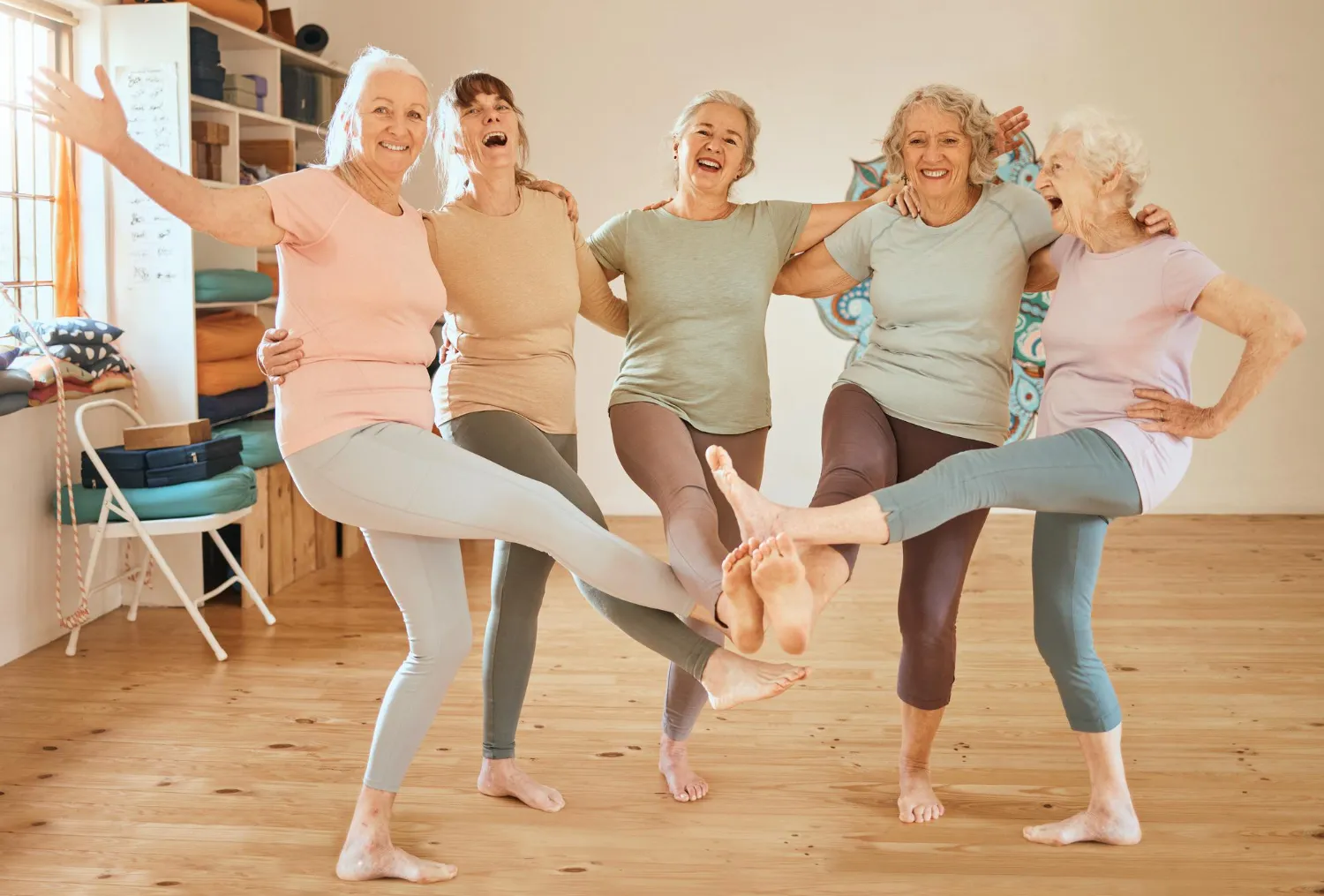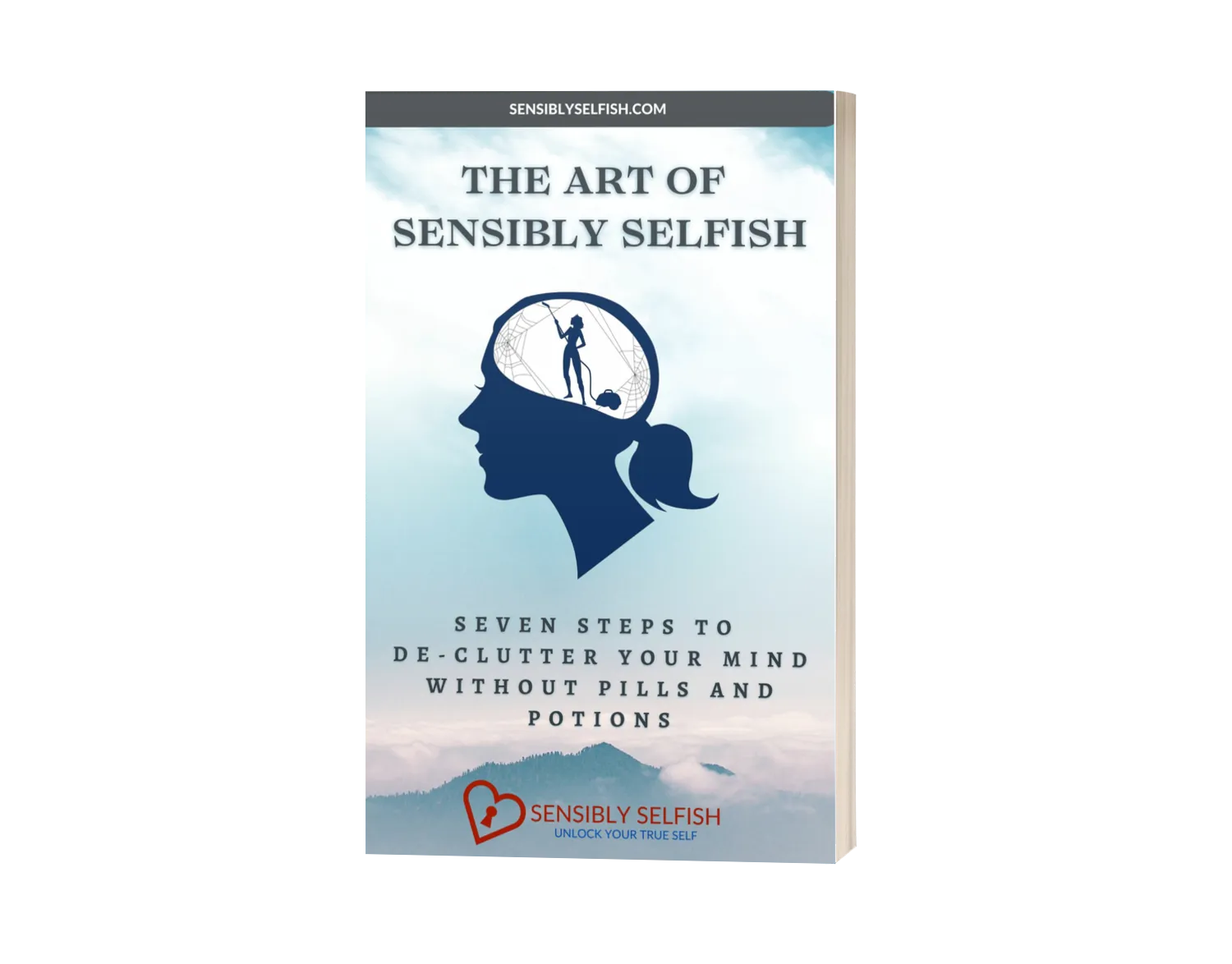Laughter Yoga
Tickle Your Funny Bone for Health

[Toc]
Laughter Yoga, a unique wellness practice, blends the joy of laughter with the healing principles of yoga. Originating in the 1990s by Dr. Madan Kataria, a physician from India, this movement has evolved into a global phenomenon.
Dr. Kataria, inspired by the profound physiological and psychological benefits of laughter, initiated Laughter Yoga as an experiment with just five participants in Mumbai Park. Drawing from the concept that the body cannot differentiate between genuine and simulated laughter, he combined laughter exercises with yogic deep-breathing techniques, creating a practice accessible to people of all ages and fitness levels.
The Vision
Dr. Kataria's vision was not only to promote laughter as a tool for individual well-being but also to create a global community connected through laughter. He envisioned laughter as a universal language that transcends cultural and linguistic barriers, fostering a sense of unity and shared joy. The movement's ethos centers around the belief that laughter is a powerful force for social change, promoting harmony and understanding among people worldwide.
Through Laughter Yoga clubs, sessions, and festivals, the founder's vision has materialized, spreading laughter contagiously and touching the lives of millions, emphasizing the universality of laughter as a source of health, happiness, and community bonding.

Why Laughter Yoga for Women Over 45?
For women navigating the challenges of midlife, laughter can be a powerful ally. The unique stresses and responsibilities faced by women over 45 can take a toll on both physical and emotional health. Research shows that laughter is an effective stress reliever, releasing endorphins and promoting a positive mindset. By exploring the specific benefits for this demographic, we uncover the potential for laughter to become a transformative tool for women embracing the wisdom of their age.
How to Practice Laughter Yoga
Breaking down the barriers to entry, Laughter Yoga is accessible to all, regardless of prior yoga experience. Simple exercises, often done in a group setting, utilize contagious laughter to engage participants. Deep breathing is incorporated, providing additional health benefits. Whether alone or in a group, incorporating Laughter Yoga into your routine can be an enjoyable and rejuvenating experience.
Laughter Yoga exercises are designed to be simple, playful, and easy to do. The key is to engage in laughter, whether it's genuine or simulated while incorporating movement and deep breathing. Here are some examples of simple Laughter Yoga exercises:

The Greeting Laughter
- Stand in a circle with participants.
- As you greet each other, break into laughter instead of saying hello.
- Make eye contact and let the laughter flow naturally.
Ho Ho Ha Ha Ha
- Inhale deeply and raise your arms overhead saying, "Ho Ho Ho!"
- Exhale with a hearty "Ha Ha Ha!" as you bring your arms back down.
- Repeat several times, feeling the vibrations of laughter in your body.
Cell Phone Laughter
- Pretend you are answering a phone call and hear something incredibly funny.
- Start laughing as if it's the funniest conversation you've ever had.
- Share the laughter with others around you.
Silent Laughter
- Mime a situation that makes you laugh silently.
- Focus on facial expressions, gestures, and body movements associated with laughter.
- Encourage others to guess what's making you laugh.
Laughter Meditation
- Sit comfortably with your eyes closed.
- Take a deep breath in and exhale with a series of laughter sounds.
- Let go of any tension with each exhale, allowing the laughter to be a form of meditation.
Laughter Counting
- Start counting numbers but replace every number divisible by 3 with laughter.
- For example, instead of saying "3," laugh; "6" becomes another burst of laughter.
- Continue until you reach a specified number, enjoying the spontaneous laughter.
Group Laughter
- Form a circle and, on a signal, everyone starts laughing simultaneously.
- The laughter should become infectious as you feed off each other's energy.
- Continue until it feels natural to stop.
The key to Laughter Yoga exercises is to embrace childlike playfulness and let go of inhibitions. These exercises can be adapted and modified based on the participant's comfort level and the context in which they are practiced.

Laughter Yoga and Emotional Resilience
Beyond the physical benefits, Laughter Yoga plays a crucial role in building emotional resilience. Laughter triggers a release of neurotransmitters that contribute to a positive mood, making it a valuable tool for navigating life's ups and downs. Personal stories and testimonials attest to the emotional healing potential, showcasing how laughter can be a catalyst for transformation.
Overcoming Inhibitions
In a world often focused on seriousness, embracing laughter requires overcoming inhibitions. Many women may initially feel self-conscious about engaging in laughter exercises. However, as we explore the liberating nature of laughter, it becomes evident that letting go of inhibitions can lead to a more joyful and carefree life. Shifting one's mindset towards playfulness can be a powerful step on the path to embracing laughter fully.
Laughter Yoga in Daily Life
Integrating laughter into daily life is not only beneficial but also surprisingly simple. Small, intentional moments of laughter, whether shared with others or enjoyed alone, can have a profound impact on overall well-being. Social connections are strengthened through shared laughter, and the positive effects ripple through various aspects of life. Why not share your thoughts in the comments below or jump over to our secret Facebook page and join in the laughter there?









